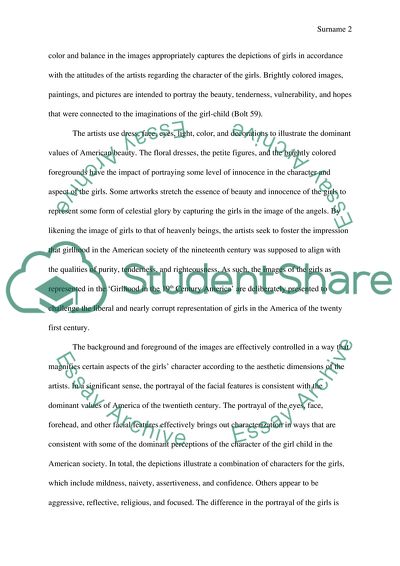Cite this document
(Girlhood in19th Century American Art Research Paper, n.d.)
Girlhood in19th Century American Art Research Paper. https://studentshare.org/performing-arts/1796615-girlhood-in19th-century-american-art
Girlhood in19th Century American Art Research Paper. https://studentshare.org/performing-arts/1796615-girlhood-in19th-century-american-art
(Girlhood in19th Century American Art Research Paper)
Girlhood in19th Century American Art Research Paper. https://studentshare.org/performing-arts/1796615-girlhood-in19th-century-american-art.
Girlhood in19th Century American Art Research Paper. https://studentshare.org/performing-arts/1796615-girlhood-in19th-century-american-art.
“Girlhood in19th Century American Art Research Paper”. https://studentshare.org/performing-arts/1796615-girlhood-in19th-century-american-art.


